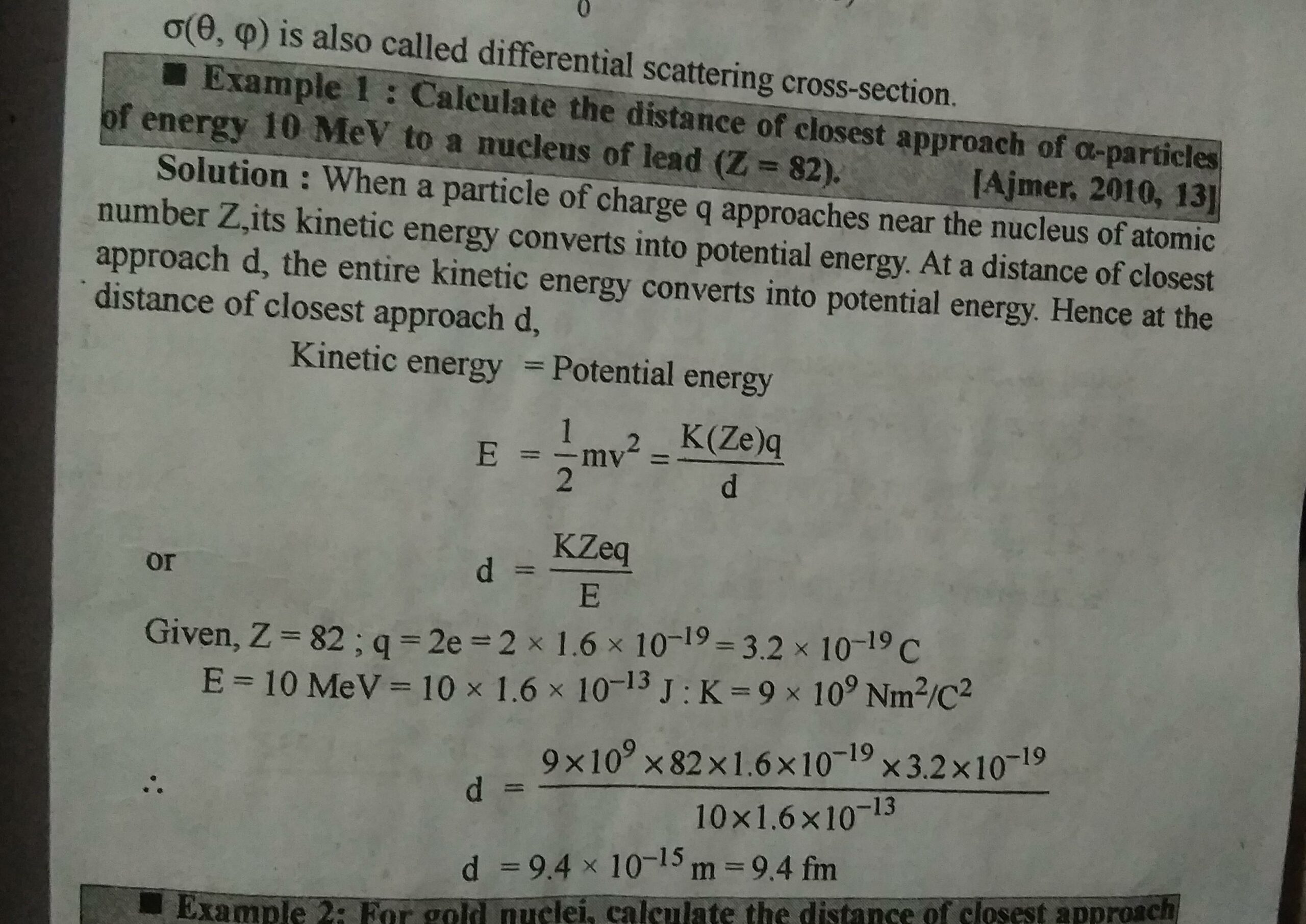Quantum mechanics stands at the forefront of modern physics, providing a foundational framework that underpins our understanding of the microscopic world. But how does this enigmatic realm of quantum phenomena link to the robust field of nuclear physics, which delves deeply into atomic nuclei and their interactions? One may ponder: can the strange behavior of particles at the quantum level truly elucidate the complexities of nuclear processes, such as fission and fusion? The interplay between these two domains is not just a theoretical curiosity; it poses profound implications for both scientific understanding and practical applications.
To appreciate the relevance of quantum mechanics in the arena of nuclear physics, we must embark on an exploration that traverses several key concepts. First, let us consider the very nature of atomic nuclei. Composed of protons and neutrons, these tiny cores are governed by forces that are fundamentally quantum in nature. The strong nuclear force, which binds nucleons together, operates at subatomic distances, and its characterization requires the tools of quantum field theory. Through the lens of quantum mechanics, we can analyze how virtual particles mediate these forces, creating a stable yet dynamic structure.
Next, we turn our attention to the concept of wave-particle duality, a cornerstone of quantum mechanics. At the nuclear scale, particles such as protons and neutrons do not merely exist as discrete, localized entities. Instead, they exhibit wave-like properties that dictate the probability distributions of particle positions and momenta. This probabilistic nature is encapsulated within the framework of quantum states and wave functions, allowing for sophisticated predictions of nuclear behaviors. The implications of wave-particle duality extend to phenomena such as nucleon scattering and resonance formation, fundamentally altering our interpretation of nuclear interactions.
Furthermore, the role of quantum tunneling cannot be overstated. This phenomenon—a direct consequence of quantum mechanics—enables particles to traverse energy barriers that would be insurmountable under classical physics. In nuclear reactions, such as those occurring within stars during the process of fusion, quantum tunneling plays a pivotal role. As nuclei attempt to overcome the Coulomb barrier (the electrostatic repulsion between positively charged protons), quantum tunneling allows fusion to occur at energies lower than what would be predicted classically. This peculiar characteristic not only explains how stars generate energy but also illustrates the profound implications of quantum mechanics for stellar nucleosynthesis.
In addition to fundamental interactions and behaviors, quantum mechanics also informs the concept of energy quantization within atomic nuclei. The shell model of the nucleus posits that nucleons inhabit specific energy levels analogous to electrons in atomic orbitals. This framework, formulated through quantum mechanics, elucidates patterns observed in nuclear stability and decay modes. By employing the principles of quantum mechanics, physicists have derived important phenomena such as nuclear magic numbers—certain numbers of nucleons that confer heightened stability to nuclei. The interplay of energy levels, spins, and parities encapsulated within quantum mechanics allows for a clearer understanding of nuclear behavior and the classification of isotopes.
As we delve deeper into nuclear processes such as radioactive decay, the relevance of quantum mechanics becomes increasingly salient. Radioactive decay is a quantum phenomenon, where unstable nuclei transition to a more stable state. The probabilistic nature of these decays is described by half-lives, which reflect the intrinsic uncertainties inherent in quantum mechanics. Herein lies a conundrum: how can one accurately predict the lifespan of an unstable isotope when its decay is fundamentally probabilistic? The answer lies in statistical interpretations of quantum mechanics, which allow for the characterization of decay processes across large ensembles of identical nuclei, albeit with inherent randomness at the individual particle level.
Now, we venture into the realm of applications, where the relevance of quantum mechanics extends far beyond mere theoretical constructs. The principles derived from quantum theory have catalyzed advancements in nuclear technology, including the development of nuclear reactors and particle accelerators. In reactors, understanding the quantum behavior of neutrons is vital for managing nuclear fission processes safely and efficiently. The manipulation of nuclear reactions facilitated by quantum mechanics has also been instrumental in medical fields, where radioactive isotopes are utilized for diagnostic imaging and cancer treatment.
Moreover, in an age dominated by technological innovation, the intersection between quantum mechanics and nuclear physics fosters burgeoning fields such as quantum computing. Concepts like quantum entanglement and superposition are reshaping the paradigm of information processing. Could it be that the future of computational technology lies in our understanding of the quantum behavior that governs nuclear interactions? As nuclear physicists continue to unravel the complexities of atomic structures, their insights will serve to bridge the gap between fundamental science and practical applications in technology.
As we ponder the intricate tapestry woven between quantum mechanics and nuclear physics, we are left with the overarching realization that these disciplines are inextricably linked. From elucidating the forces that bind nuclei together to providing the groundwork for transformative applications in both industry and medicine, quantum mechanics offers indispensable insights into the fundamental nature of matter. Perhaps, the greatest challenge lies not in grappling with these concepts, but in reconciling their esoteric nature with the tangible realities they create in the world around us.












